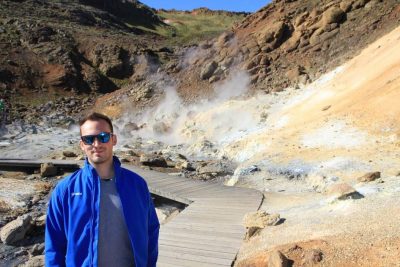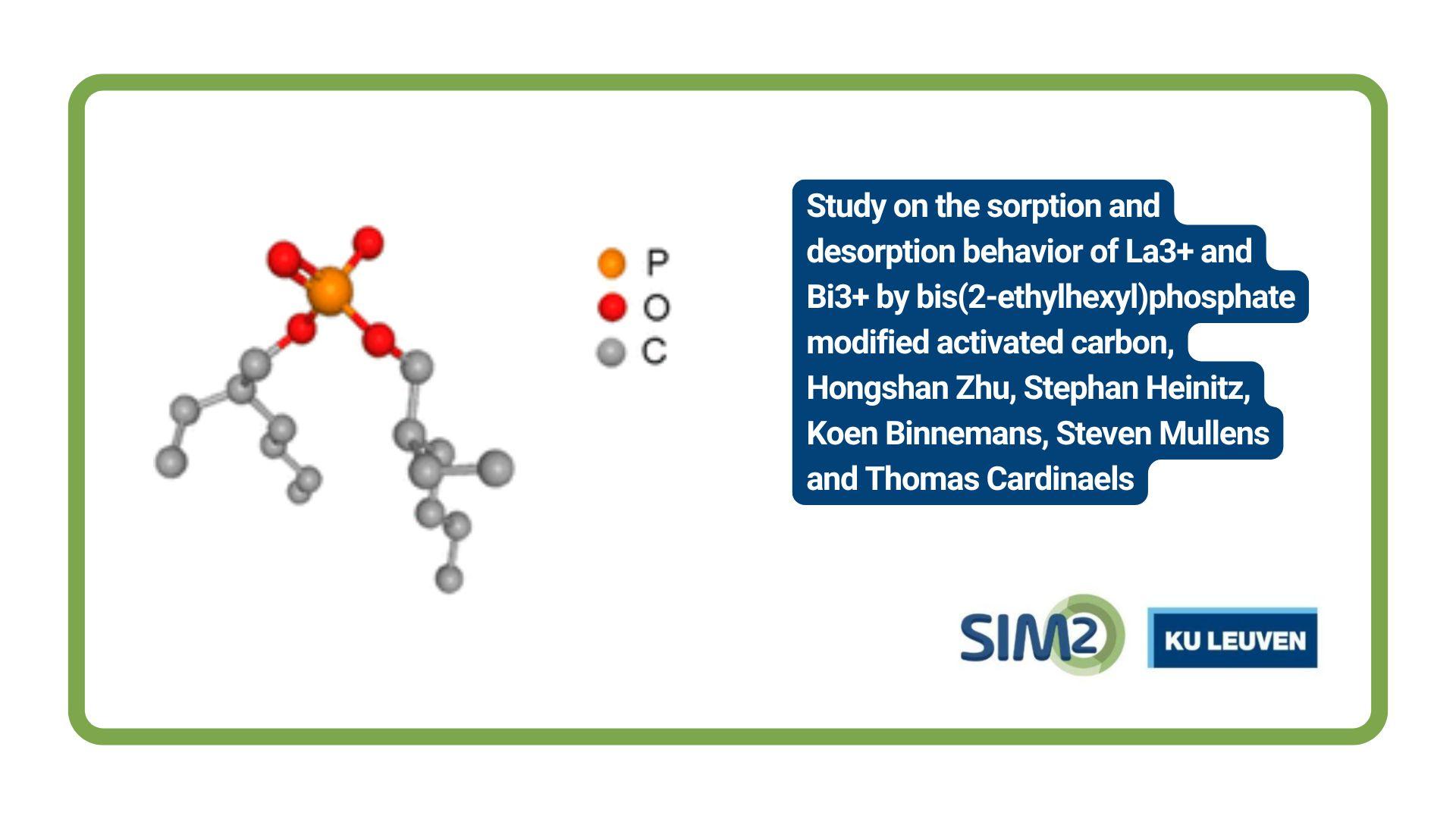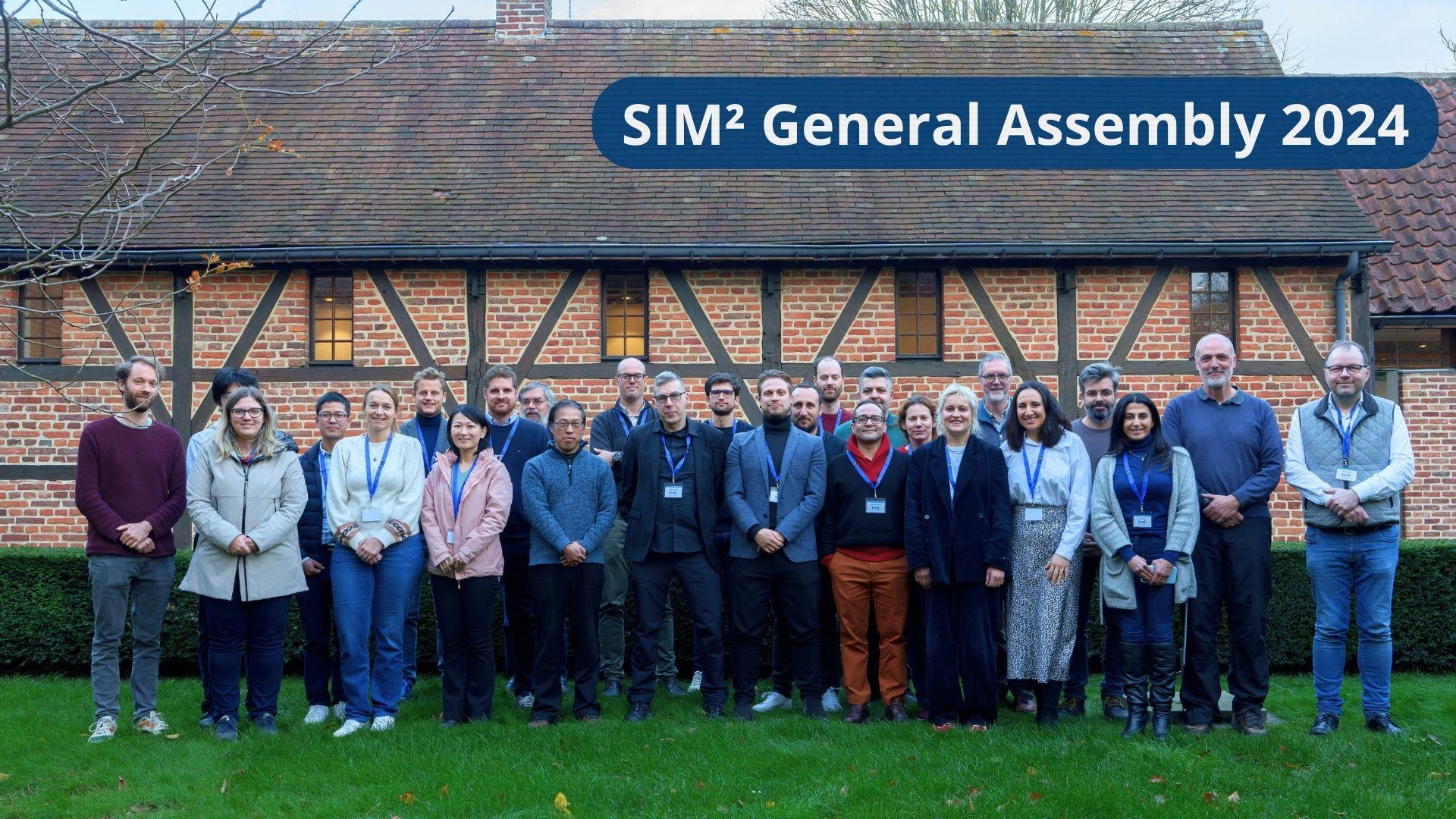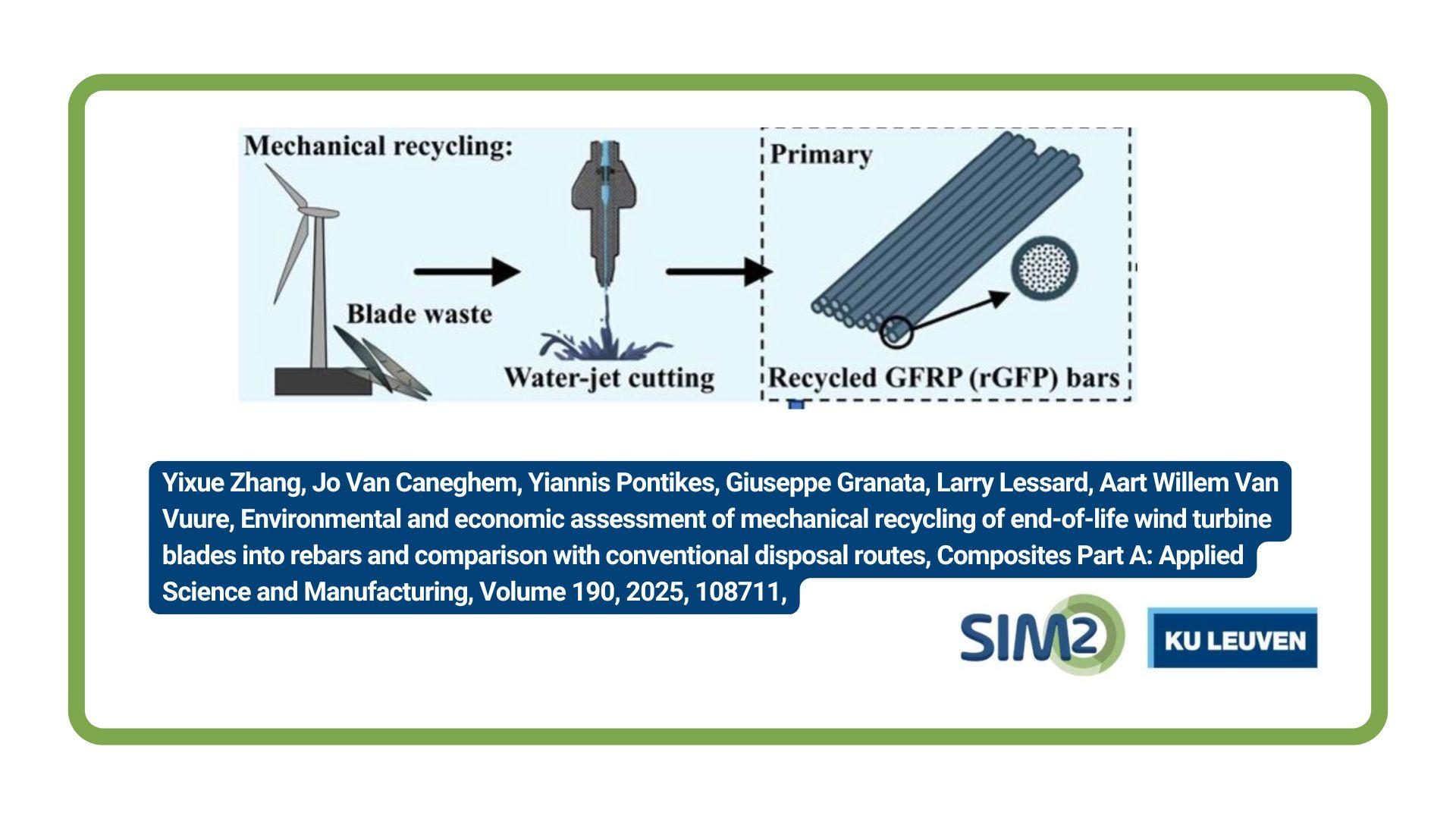Rayco Lommelen started his PhD in the SOLVOMET Group at SIM² KU Leuven in September 2018. He is working on the development of a better model to describe and predict solvent extractions and metal separations using basic extractants. Find out more about Rayco Lommelen and his work in the interview below. (Leuven, 4/12/2018)
Why did you choose to work in Leuven/Belgium?
I lived and studied in Belgium my whole life, so continuing in Belgium with a PhD seemed the obvious choice. Also, I did my Master’s thesis in the SOLVOMET Group at KU Leuven (cf. Research Line 3 in SIM² KU Leuven) and really liked the group and projects they work on. This made the choice to work in Leuven even more clear to me.
What are you working on?
I am working on an FWO-funded project which targets the development of a new model which is able to describe in a better way the mechanism of solvent extraction of metal ions by basic extractants. Although the current model is very popular, it cannot describe all observations and predictions of metal separations using the current model often don’t correspond with reality. If we can understand how the complete solvent extraction process with basic extractants works, we can improve our capability to predict metal separations. This will allow us to determine, even before one experiment is performed, the optimal conditions for the separation of metals with basic extractants, which will make the development of new separation processes faster and cheaper.
What attracts you in the research project you are working on?
The development of a new and better model to describe solvent extractions seems challenging but exciting. The possibility to really advance the understanding of how things work and how to explain them attracts me in this project. I hope to design an extraction model that other people can use to understand their metal separation systems better. Ultimately, they would be able to improve their current system or even predict the best way to separate metals.
If you had a time machine, what point in the past or future would you visit? Why?
I would visit the not so distant future to see how the world transformed, how it tackled problems we are facing today and to see and test out the new inventions. It would also be handy to see what I did between the present and the point in the future, so I can go back to the present and carry out the things that positively influenced my life faster and avoid the things which had a negative influence on my life.
If you didn’t need a job, were healthy, and had plenty of time, what would you do?
I would travel around the world, visiting the immense diversity of our beautiful planet.
How do you recharge?
There are many things with which I can recharge. I like to travel and see the landscape and culture far away or just go for a walk with our dog at home. I also like to play video games when the weather is not so good and enjoy a nice dinner or a good drink with family, friends or my girlfriend.
Biography Rayco Lommelen
Rayco Lommelen was born in Geel, Belgium on the 29th of January 1995. He obtained his bachelor of chemistry at KU Leuven in 2016 and proceeded with a Master in chemistry. During his master, he performed an internship at the SCK•CEN (Belgian nuclear research centre) where he worked on the development of the thoria fuel cycle. The next year he did his Master’s thesis on the separation of niobium and tantalum without fluorides. The replacement of the highly toxic and environmentally hazardous hydrofluoric acid was a central element in both his internship and thesis. In September 2018, Rayco start his PhD in the SOLVOMET group of Prof. Koen Binnemans. His research focusses on the investigation of the mechanism behind solvent extraction in order to develop more accurate models for solvent extraction which can be used to predict metal separations.





